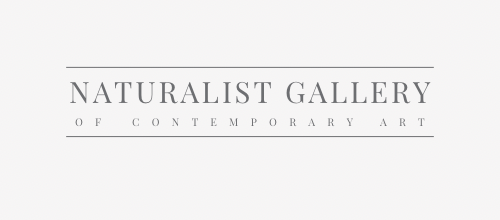Preserving the beauty and integrity of paintings is a crucial aspect of art collection.
Preserve art at home: Dust gently, spot-test, and use appropriate materials. When in doubt, consult a professional conservator.
Whether dealing with valuable heirlooms or cherished personal artworks, understanding how to clean your paintings safely at home can ensure they continue to enhance your space without sustaining damage.
Explore our curated selection of contemporary artists from around the globe.
Naturalist Gallery offers artist representation internationally. Apply your art.
Understanding Your Painting: Every artwork has its unique composition and history. Before undertaking any cleaning, familiarize yourself with the painting’s materials and background. This knowledge can guide the cleaning process, preventing harm to the artwork.
Preparation for Cleaning: Preparation is key to successful cleaning:
- Start by gently dusting the painting to remove loose dirt, using a soft-bristled brush.
- Wear gloves to prevent oils from your skin from transferring to the painting.
- Lay down parchment paper or a tarp if dealing with an extremely dusty piece to catch falling particles.
Safe Cleaning Techniques:
- Spot test with a dampened cotton swab in an inconspicuous area to assess the painting's reaction.
- If using water or cleaning agents, ensure they are appropriate for the type of painting you have (e.g., oil, acrylic).
- Employ a gentle touch, using minimal pressure to avoid damaging the paint surface.
Materials You’ll Need: For a basic cleaning, you’ll need soft brushes, non-shedding cloths, and distilled water. For more thorough cleanings, materials like cotton swabs, olive oil-based soap, or specific art cleaners may be necessary, depending on the painting’s condition and material.
What to Avoid: Certain practices can damage your painting:
- Avoid stiff brushes or paper towels that can scratch.
- Be cautious with water and cleaning solutions; excessive moisture can damage some types of paint.
- Steer clear of DIY cleaning methods that may be too abrasive or inappropriate for art materials.
Professional Help: If your painting is particularly valuable or the cleaning task seems daunting, consulting a professional art conservator is recommended. They possess the expertise to clean and preserve artworks properly.
Conclusion: Cleaning your paintings safely at home requires patience, the right materials, and a gentle approach. By following these guidelines, you can help ensure your artwork remains vibrant and intact for years to come.
Learn more About Naturalist Gallery of Contemporary Art.
You may also find the following articles helpful:
Form: Understanding Dimensionality
Tone in Art: Understanding Color Value
Line: Types, Techniques, Element of Art
How to Get Your Work in an Art Gallery




